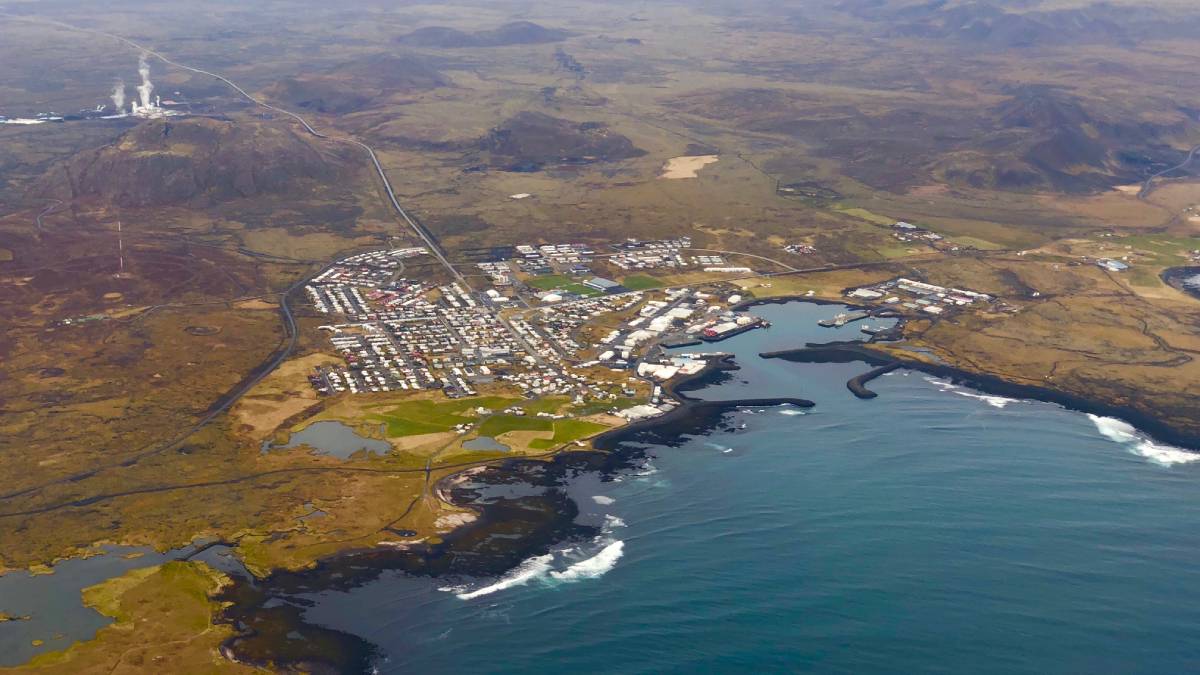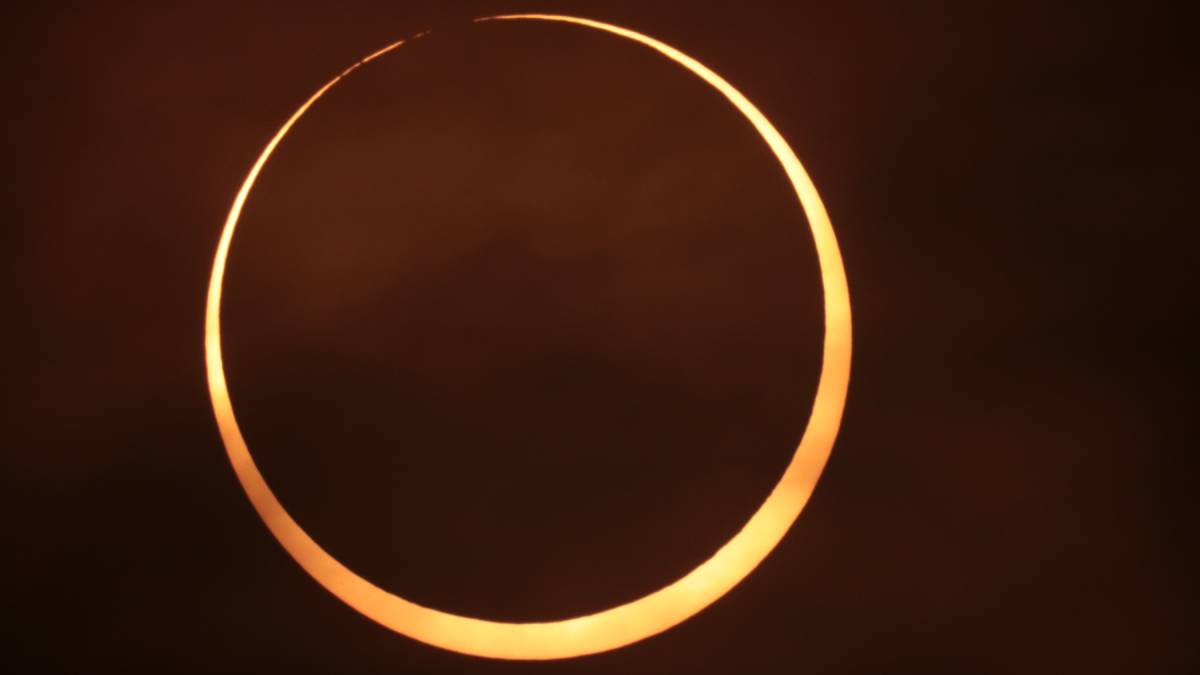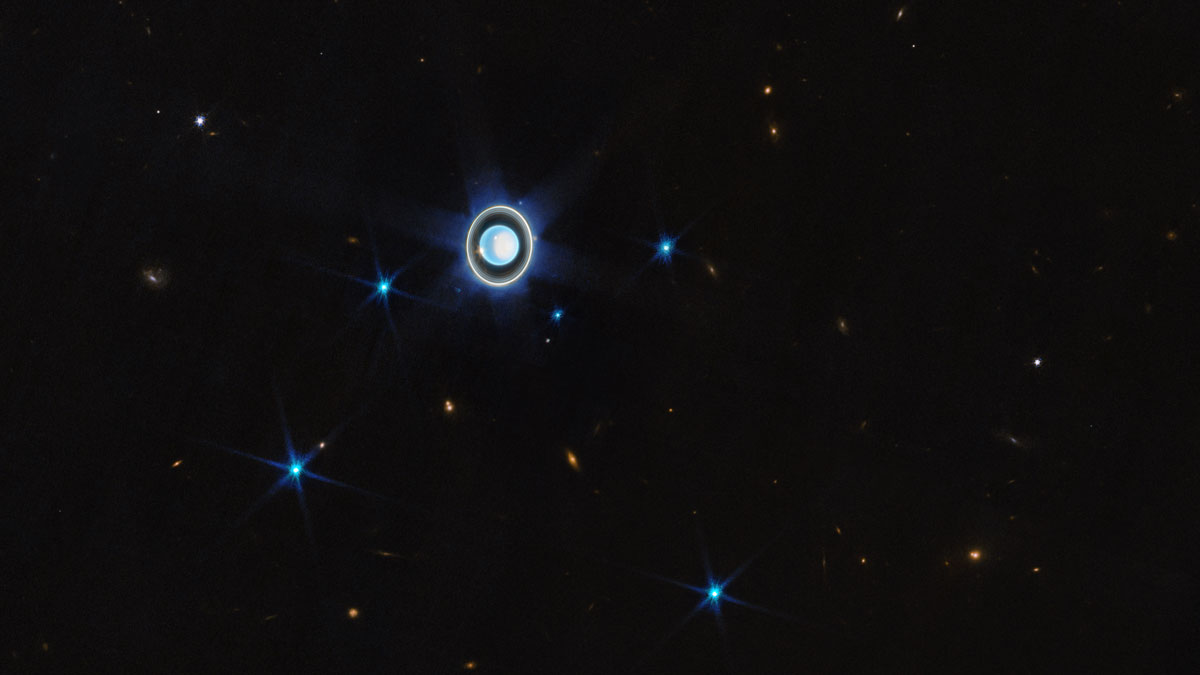Whistlers were a key piece of evidence in favor of Venusian lightning. New measurements question the connection.
Kimberly M. S. Cartier
Kimberly M. S. Cartier, Senior Science Reporter for Eos.org, joined the Eos staff in 2017 after earning her Ph.D. studying extrasolar planets. Kimberly covers space science, climate change, and STEM diversity, justice, and education
Satellites Map Environmental Vulnerabilities in U.S. Prisons
Geoscientists are using remote sensing to gather data on risks including increased exposure to air and soil pollution, excessive heat, wildfire, and flooding.
A Philippine Island Detective Story
Researchers snorkeled, drilled, profiled, mapped, and interviewed to unlock clues to how an island was born.
Eruption Now Unlikely Near Icelandic Town
Scientists and local authorities had been tracking the eruption’s precursors for weeks and evacuated residents. Then the magma stalled.
Rogues’ Gallery Comes in Pairs
A new trove of free-floating planets, smaller and paired up more than expected, challenges stellar and planet formation models.
Ham Radios Crowdsourced Ionospheric Science During Eclipse
Amateur radio operators who study space physics and the upper atmosphere probed the ionosphere’s response to the 2023 annular solar eclipse using shortwave transmissions.
Crowdsourced Science Pulls Off a Daring WWII Data Rescue
Newly declassified documents are making wartime weather observations in the Pacific Theater more robust, and could improve climate models today.
Bird Biodiversity Reports Reflect Cities’ Redlined Past
The lack of bird records in formerly redlined areas creates an inaccurate picture of urban biodiversity, leading to gaps in conservation efforts.
Low-Tech, Energy-Free Tool Collects and Cleans Fog Water
A new fog harvester could benefit communities that lack access to clean freshwater.
Uranus: Time to Boldly Go
Scientists say now is the time to unlock the secrets of Uranus and suggest a low-cost, low-risk way to do so.










